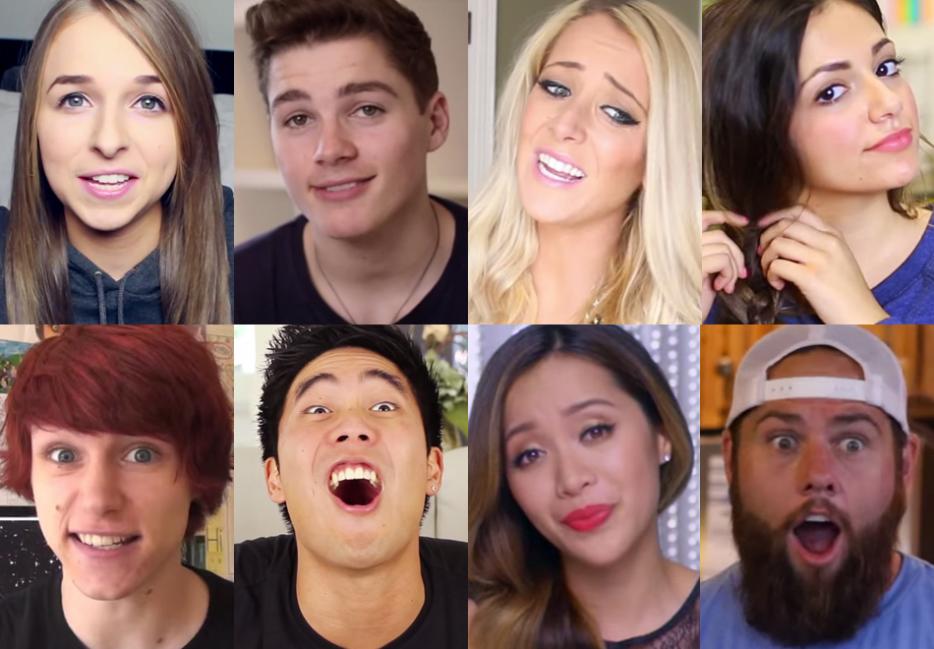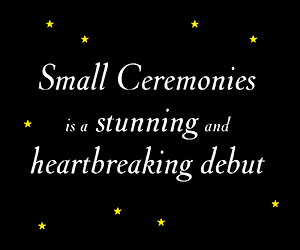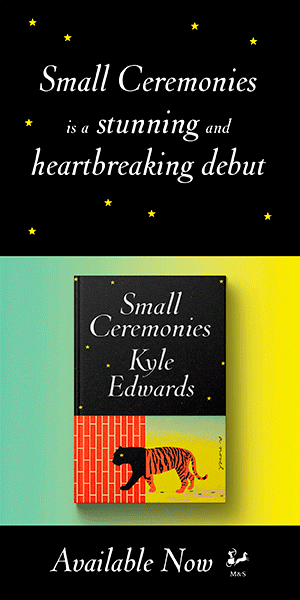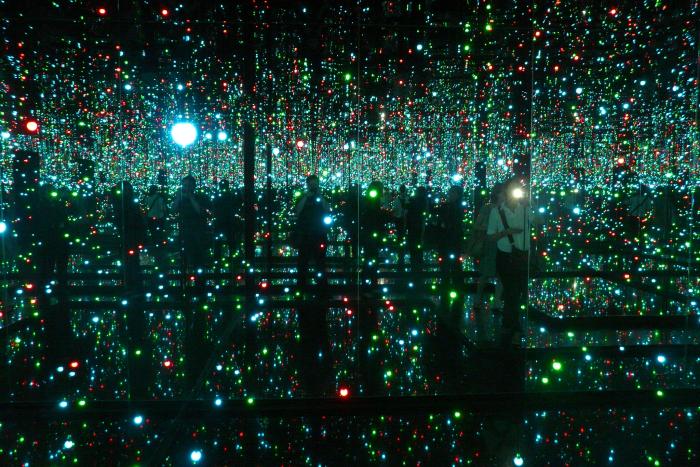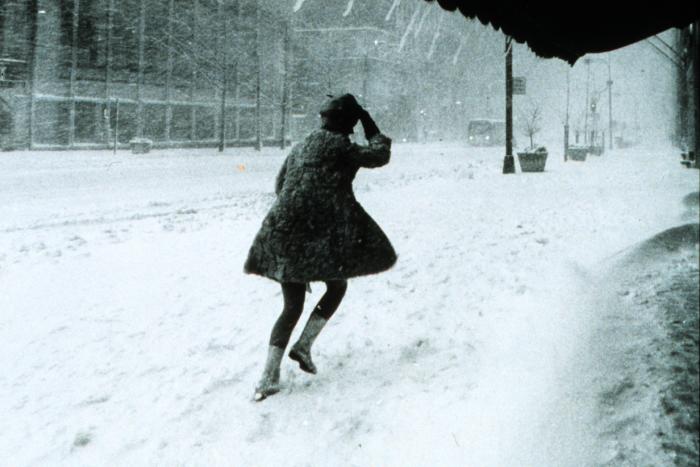In the best adolescent pop culture, adults exist on the fringes. Parents are either dead (this is almost always ideal) or off in the wings somewhere—absent from the boarding school, unmentioned in the pop song, vague figures without their own subplots or interior lives. Maybe a kindly wizard casts a useful spell or a dad sympathetically schmears a bagel for a troubled teen, but for the most part, grown-ups stay out of the way while the tributes murder each other, the breakfast club kids bond, and Ponyboy and the rest of the Greasers fight and cry and are tender with one another. The most compelling adolescent worlds are just big high schools: adult-free utopias where kids are left to suffer and triumph on their own.
I was thinking about this the other day when my girlfriend’s 12-year-old niece Catalina showed me a YouTube video of someone named Ryan Higa riffing about Ebola. Higa is a fresh-faced Japanese-American 24-year-old who has been making videos since he was 16. He shoots short vlogs and comedy sketches in what’s become the YouTube house style: all jump cuts and abrupt changes in tone, a burst of goofy enthusiasm quickly undercut with a quiet aside. “Speaking of Ebola, am I the only one that, before you found out what it was, you pictured like a snake?” he asks. “And that’s probably because it sounds like boa.” He mugs shamelessly, sings snatches of songs, looks handsome on camera. The video ends with Higa falling to the ground, pretending to have been bitten by a snake. In its first month online, it’s been seen 3.2 million times.
“Dyeing My Hair Red” was shot four years ago, and has been seen nearly 4.7 million times. Since then, McDonnell has shot to a certain kind of stardom. He was the first British YouTuber to reach a million subscribers, then quickly doubled that number. He’s appeared on the cover of Wired in the UK. At Buffer Festival, he was greeted with cheers from an auditorium of fans.
He has also grown up. The goofy teenager who sang duets with himself and painted his body purple has become a thoughtful 24-year-old. He’s spent the last year making more ambitious movies—a short horror comedy, a meditative film about grief—doing the kind of artistic experimenting you’d expect from anyone in his mid-twenties who’s figuring out what he wants to do with his life.
When I watched the hair-dyeing video recently, the newest comments were from the last few months. Old fans had come back to it, people who’d once loved that Charlie McDonnell and now lamented how he’d changed. “Oh the old Charlie,” one girl wrote. “I miss this Charlie :(” added someone else. A viewer called “thosealexdays” posted a long, melancholy response: “I miss when Charlie enjoyed YouTube and made fun videos like this… Sorry Charlie, I know it's just you growing up and I hope you can find some inspiration or something that makes you happy, but I'm not sure whether you should continue youtubing.” The commenter signed off: “Still love you Charlie, An old fan x.”
In so many kids’ books, the sharpest moments of sadness come from the inevitable approach of adulthood—the moment you’re no longer allowed into Narnia, the time you try to use the enchanted cupboard or the secret bell and find it no longer works, that the magic’s gone. There is nothing more melancholy than being 15 and realizing you will never, ever experience 14 again. When your heroes grow up, when the people you thought you knew so well shift their loyalties to the adult world, it can feel like a kind of betrayal.
In some ways, this sense of nostalgia hung over the festivities. On Twitter, a local YouTuber suggested that next year the programmers devote a showing to the “golden age of YouTube.” The idea that a technology still in its infancy might have already seen its best days seems absurd, but still there was the sense that, in some vital ways, the purest days of vlogging were over. Many of the stars at the festival began their YouTube careers years ago, when they were teenagers fooling around with a new technology, making silly videos for the hell of it. Now they’ve gotten older. With agents involved and sponsorship opportunities and TV deals in the air, it has become increasingly difficult to maintain the fiction that the person behind the camera is just another normal kid. Buffer Festival was ushering in a new age of professional YouTube, but it seemed not all the fans were ready. The stars, meanwhile, were awkwardly trying to make the same transition that pop singers and Disney kids and other teen idols have always had to navigate, feeling their way into adulthood and hoping their fans follow.
Last month, Charlie McDonnell posted a video simply called “Thank you :).” “The past couple of years has been very… transitional for me,” he says, smiling into the camera. “I’ve been attempting to deal with the fact that I am now growing up by doing my best to embrace it. By drinking more grown up drinks and wearing slightly more grown-up shoes and, maybe most apparently for things on your end, doing my best to make more grown-up stuff.” The video is at once a gentle explanation and a plea for understanding. He reassures his viewers that he still really, really likes making silly videos. He apologizes for neglecting his fans. He thanks those who have stuck with him. “You’re here,” he says. “Not everybody who watched me two years ago still is. But you are,” he says sincerely. The video is pitched as a note of gratitude. Mostly, though, it reads like an apology for growing up.
*
I skipped the Buffer Festival red carpet gala. The idea of braving a cold Saturday evening to cling to the outskirts of a mob of teenagers, doing my best not to seem like an old creep, just wasn’t appealing.
Instead, I watched it on YouTube, in the dozens of videos that popped up in the days after the event. Out on the carpet, Shay Carl gave someone a piggyback ride. The JacksGap twins wore tuxedos and skateboarded through the crowd. The fans screamed and the stars leaned in to take endless selfies, deploying the goofy smile, the mock-sly look, the faux-shocked pose, and the rest of the arsenal of approachable expressions that distinguish the YouTuber from the stuffy celebrity, with their unsmiling glamour shots.
Clicking through video after video, deep in a YouTube spiral, the images began to bleed together—established celebrities giving way to anonymous teenagers, all of them eager to stake their claim in an exciting new world where fame seemed just a single charming video away. Not that long ago, when the most famous YouTube celebrity was a dramatic chipmunk, the idea of a booming kid culture built around an online video-sharing site would have seemed absurd; it’s equally absurd to think the culture will look anything like this in a few years’ time. It was easy to imagine the teenagers at Buffer Festival clicking on these videos years from now—long after they’d outgrown their vlogging phase and YouTube had matured into something new and unrecognizable—and feeling that flicker of melancholy and wonderment you experience whenever you revisit something you once loved wholeheartedly only to find that those emotions are long gone, distant and inaccessible.
Online, the red carpet celebrations were unending. Two YouTubers narrated the same cramped elevator ride, loudly cross-talking like characters in some demented Altman movie. One girl documented the process of getting dressed for the gala and another debriefed from her bedroom after the event, excitedly recounting the night’s events to an empty room and a potentially limitless audience. A young woman walked the red carpet, her camera swooping through the crowd. Everybody cheered, everybody mugged, everybody clutched their own phones and cameras out in front of them—a hundred lenses capturing each other capturing the moment.


